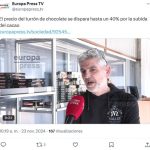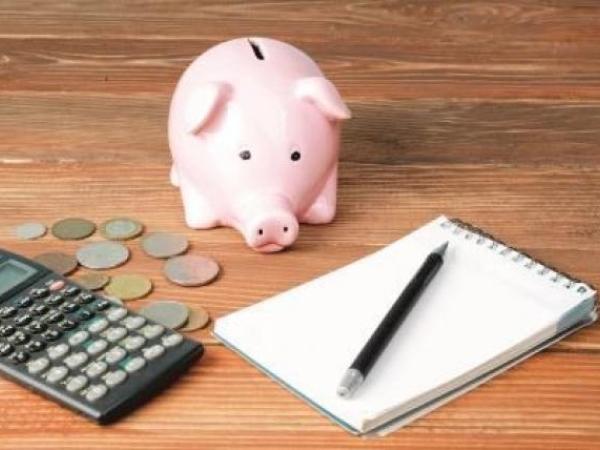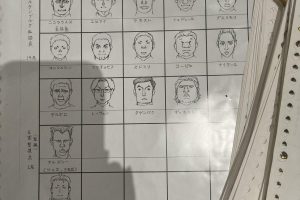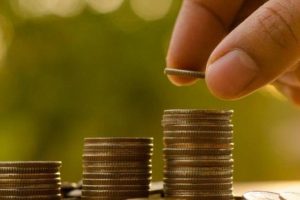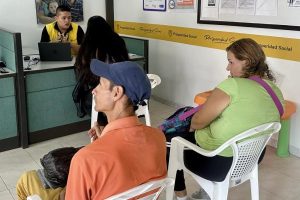In the economic world it is very common to hear that rising prices, rather than inflation, is a tax on the poor. And many experts agree and agree with that statement.
(See: More work for the same price: blows of inflation to transport).
The center for economic studies Anif, For example, it carried out an analysis of the impact that inflation could have on the poverty and extreme poverty lines, and concluded that “for each point of growth in food inflation above total inflation, extreme poverty would increase by 0.25 points”.
But, How has this data impacted Colombians in the last year, according to their income levels?
The first thing to remember is that annual inflation in Colombia, as of September 2022, was 11.44%, the highest since April 1999, when it was 11.17%… 23 years passed.
However, How did the Colombians do?
According to the data revealed by the National Administrative Department of Statistics (Dane), the monthly variation of inflation in September according to income level was: 13.16% for the poor and vulnerable; 11.6% for the middle class and 9.8% for the upper class.
(See: What has risen the most in price in the last year in Colombia).
The pattern of annual inflation hitting the poor and vulnerable the hardest has continued throughout 2022, being constant since March 2020.
So that the indicator has hit the middle class or the upper class the hardest, in its annual variation, it is necessary to refer to January 2018.
Below you can see the ‘inflation run’ in social classes between October 2021 and September 2022:
Why do the poor suffer more?
Claudia Pico, professor at the School of Business and International Development of the Grancolombiano Polytechnic, explains that inflation is calculated based on the behavior of the prices of the basic basket, which is made up of the goods that Colombians consume.
(See: Inflation in the Soup: How Has It Affected Restaurants?)
“As the products in the basket are basic, it tends to have a significant impact on the lower classes because their income is affected: they must give up larger portions when prices rise. They are usually affected by a relative behavior between the prices and the income that they have.“, said.
In the case of the middle and upper classes, he explained that the effects of inflation on them depend on their consumption patterns.
(See: The dependency of your pocket on the minimum wage and inflation).
“For example, there is an important variation in meats. People who consume this type of food will feel inflation more significantly because the demand for these products is inelastic, that is, they do not find substitutes and if they do not find substitutes, they continue consuming”, he stated.
Government spending in 2021.
private file
The expert considers important, to lower inflation, favor or strengthen competition in different sectors, since “the existence of monopolies or oligopolies usually tend to generate price increases”.
(See: Inflation and Poverty: Prices Go Up and the Poor Get Poorer.)
That yes, clarified that it is necessary to prepare for difficult moments: “There is instability in the world economy that is likely to keep prices from falling. We will also have instability and slowdown”.
(See: Inflation ‘in Spanish’: ABC of the phenomenon that worries the country).
BRIEFCASE




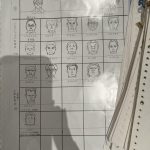
![[Img #74683]](https://thelatestnews.world/wp-content/uploads/2024/12/The-main-mistakes-to-avoid-when-betting-on-electronic-sports-150x150.jpg)



